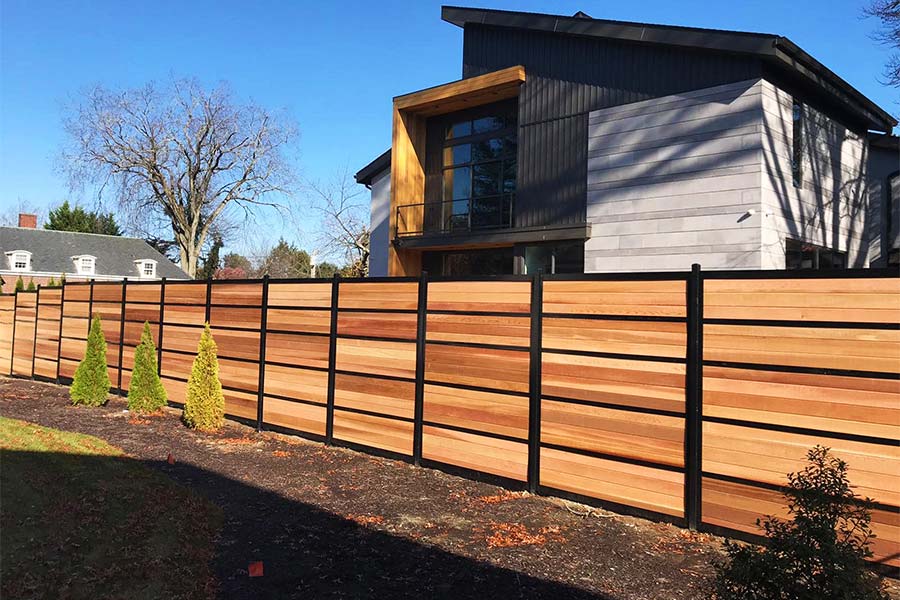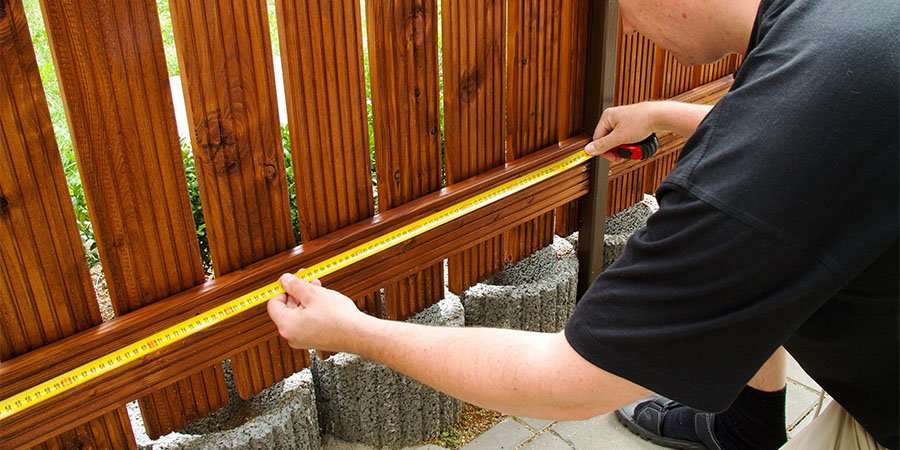All Categories
Featured

Your fencing is a crucial component of your building, using curb, safety, and privacy allure. There are numerous methods you can apply to safeguard your fencing and lengthen its life.
- Choose the Right Material. The initial step in securing your fence from weather-related damages is to select the right product for your climate. Some materials are much more immune to the aspects than others.
Wood Fences: While traditional wooden fencings offer an all-natural, attractive look, they are specifically vulnerable to water damage, bug, and rot infestation. Such as cedar or redwood if you choose wood, choose pressure-treated lumber or wood kinds that are extra immune to wetness. Vinyl Fencings: Vinyl is a low-maintenance alternative that withstands fading, splitting, and bending. It's also immune to rot and pests, making it suitable for areas with high humidity or direct exposure to rain. Metal Fencings: Light weight aluminum and wrought iron fencings are durable and immune to weathering. They can rust if revealed to moisture for extensive periods. Opt for a powder-coated or galvanized metal fence to reduce the risk of deterioration. Compound Fences: These are made from a blend of timber fibers and plastic, using the finest of both globes-- resilience and a natural appearance. Composite fencings are immune to dampness, fading, and rotting, making them excellent for climates with constant rain or snow. 2. Apply Safety Coatings. No matter of the product, applying a safety coating can aid safeguard your fence from climate damage.

Wood Fencings: A good-quality tarnish or sealant can assist shield your timber fence from wetness, UV rays, and pests. These coverings create an obstacle that avoids water from permeating right into the timber and triggering rot. You need to use a fresh layer of stain or sealer every pair of years, depending upon your climate and the degree of direct exposure to rain and sunshine. Plastic Fencings: Although vinyl fencings are normally immune to weathering, they can still suffer from staining due to the sunlight's UV rays. You can make use of specialized plastic cleansers or UV protectants to maintain the shade and appearance of your fencing. Steel Fencings: For metal fences, think about using a rust-resistant guide and a layer of paint created for outdoor usage. Powder layer is an additional exceptional choice for metal fencings, as it creates a resilient, weather-resistant finish that resists rust and rust. 3. Regular Cleaning and Maintenance. Preserving your fence routinely is important to stopping damage from the elements. Dirt, leaves, and various other particles can accumulate on your fence, which can create staining, mold, and mildew over time.
Wood Fences: Clean your wooden fencing every six months with a mild detergent solution or a pressure washer (on a low setting) to remove dirt and gunk. Watch out for very early signs of rot, specifically at the base of the fence blog posts where dampness has a tendency to gather. Plastic Fencings: Vinyl fencings are easy to clean with soap and water. If you see mold and mildew or mold, utilize a mix of vinegar and water to gently scrub the influenced locations. Stay clear of severe chemicals that could damage the surface area. Metal Fences: Frequently clean steel fencings with a soft cloth or sponge to remove rust-causing debris. For functioned iron fencings, take into consideration using a rust-inhibiting product to avoid rust. 4. Appropriate Installation and Positioning. Appropriate setup of your fencing can go a lengthy way in safeguarding it from weather-related damages. Ensure that your fence is firmly anchored which messages are set deep sufficient into the ground to protect against moving throughout hefty winds or storms. Installing supporting at essential factors can provide added support. if your fencing is subject to heavy winds.
Furthermore, think about the positioning of your fence. Plant bushes or trees purposefully around your fence to provide some all-natural defense from rough winds, intense sunshine, or driving rain if possible. Be mindful not to plant also close to the fencing, as roots can damage or shift blog posts over time.
- Address Storm Damage Quickly. Storms, especially those with high winds or hail storm, can trigger prompt damage to your fencing. After a storm, check your fencing for busted areas, leaning blog posts, or dropped debris.
- Winterize Your Fence. Cold temperatures and ice can be especially damaging to wooden fencings. To prevent this, make certain that the base of your fence messages is elevated and not sitting in pooled water.
Verdict. Weather-related damages is an unavoidable part of having a fencing, but with the right preventative measures and normal upkeep, you can substantially extend the life of your fencing. Select resilient materials suited for your environment, apply protective coatings, clean on a regular basis, and ensure appropriate installment. With these steps, you can secure your fencing from the components and keep its look and capability for years to come.
Latest Posts
Explore Best Car Repair Solutions at Montclare Auto Repair – Reliable Repairs Await
Published Jun 01, 25
1 min read
Learn Why Chicago Drivers Select Montclare Auto Repair for Reliable Service and Significant Savings
Published May 30, 25
1 min read
Secure Your Home with Quality Residential Roof
Published May 25, 25
1 min read
More
Latest Posts
Explore Best Car Repair Solutions at Montclare Auto Repair – Reliable Repairs Await
Published Jun 01, 25
1 min read
Learn Why Chicago Drivers Select Montclare Auto Repair for Reliable Service and Significant Savings
Published May 30, 25
1 min read
Secure Your Home with Quality Residential Roof
Published May 25, 25
1 min read